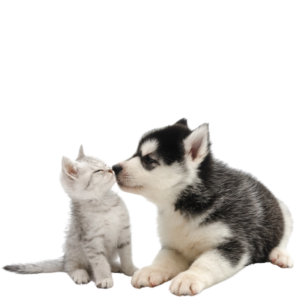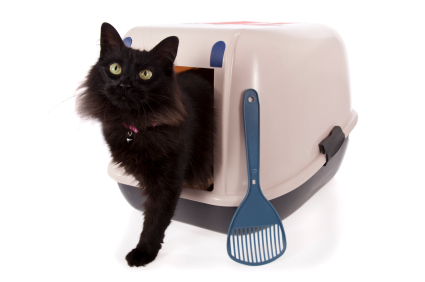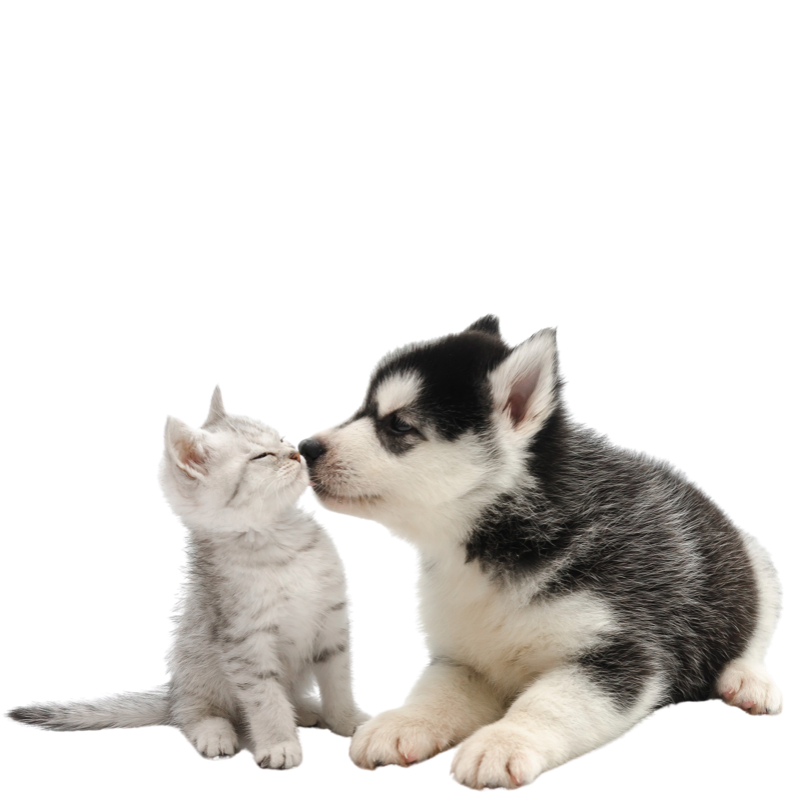Today, we seem to be overwhelmed with choices for litter when we shop for our pets’ supplies! What you chose to bring home all depends on the qualities you want in the litter and what fits better for you and your furry friend’s lifestyle. There isn’t necessarily one type better than another; some cats will just have preferences. Hopefully this will help clear up some confusion and answer some of your questions.
Back in the day most indoor/outdoor cats would use their outdoor resources for their toiletries like the garden or backyard. For those who were indoor cats only, there weren’t any brand named litters that you could buy at the stores just yet. Most people would use things they could find close by like ashes from the furnace, or just collect sand and put it in a cardboard box. As you can imagine, these were quite messy and cats using the ash for their toiletries usually left little paw prints on the floor when they walked out of the box.
Today, there are many types of litter out on the market to choose from. Some will be easier to clean, like the clay-based clumping litter. This type of litter will instantly absorb the urine and make it very easy to scoop up when it forms a solid ball. It is recommended to scoop the litter daily and to do a full change of litter once monthly to prevent bad odour. The second one I’m going to mention is the clay-based non-clumping litter. As its name states, it won’t clump and make an easily cleanable ball of urine, but will still do a great job in absorbing the urine quickly. Because it won’t clump, unfortunately, it is a little more demanding and you will need to clean it more frequently. There’s one type that is actually made of sand called crystals. Like the non-clumping litter, it won’t clump very much, but is still very absorbent. And finally, we have the natural and biodegradable litters for those green owners that want to make an effort to reduce waste for our wonderful planet. These are usually made out of pine, paper, wheat or corn. Also, like the last few mentioned, won’t be very effective with clumping, but still great for absorbing.
Other things you may want to look for when you’re choosing a type and choosing a brand; some will be more effective in odour control than others. If you have dust allergies, maybe trying the crystals or the natural/biodegradable options would be more convenient for you. Some, as I mentioned earlier, are biodegradable and some are even flushable for easy cleaning (make sure you check that the label states this before trying it!). If you’re trying to be cost effective, perhaps the clumping litter is the best option for you as you won’t need to throw out the whole box full every day; you just scoop a little bit in the garbage as you go.
So now that you’ve chosen one and brought it home, you really want to make sure that your cat or cats agree with your choice. Try grabbing your pet and setting them down in the litter box. They will most of the time, instinctively realize that this is now their appropriate pooping and peeing spot.
If your cat does not use it within a few hours, make sure you rule out some of these things before coming to the conclusion that your cat doesn’t like it;
- Does your cat have any possible urinary or constipation problems going on?
- Does your litter box have a lid? (if so, some cats won’t like that)
- Is the litter box in low traffic/quiet area?
- Are there just too many cats and not enough litter boxes to accommodate them?
- Is the litter box fairly clean? (cats are very clean animals and some can be particular about their box cleanliness)
Happy scooping,
Jenna




